Month: October 2019
Springfield Armory | 911 9mm Features
With a huge selection of pistols and rifles, Springfield Armory is the premier manufacturer of quality handguns for protection and competitive shooting.
Hellcat™ Series | Springfield Armory
After years of development, we are proud to introduce the Hellcat™, the highest capacity micro compact 9mm in the world and the next generation of defensive pistol from Springfield Armory.
The 3″ barreled micro compact pistol features a class leading capacity of 11+1 with its patented magazine — 13+1 with the included extended mag — and is the result of years of painstaking development and engineering in addition to intensive collaboration with top engineers, shooters and self defense experts.
In addition to minute dimensions and stunning capacity, the Hellcat offers a paradigm shifting approach to red dot sight integration for an EDC pistol. Offered in an Optical Sight Pistol configuration, the Hellcat OSP features a seamless cover plate that removes to allow direct mounting of a micro red dot to the slide for the lowest possible profile. The result? A micro sized pistol weighing in at a mere 17.9 oz. with capabilities previously reserved only for full size defensive handguns.
How To Dye Leather
Source: How To Dye Leather
10 Questions about Top Grain Leather
Top grain leather is one of the main leather grades. We have collected 10 of the most common questions about this Top Grain Leather.
1 – What is top grain leather?
Top grain leather is the second highest grade of leather. It has a uniform finish and is thinner and more workable than full grain leather, but it does not have its strength or durability.
2 – What does top grain leather look like?
The imperfections which occur naturally in full grain leather have been sanded away and the top
grain leather is imprinted with a regular imitation grain. The result is a smooth, uniformly patterned surface.
3 – Where does top grain leather come from?
There are 3 possible answers:
Where in the world does top grain leather come from?
The top six leather producing countries in the world are: China, India, Italy, Brazil, Korea and Russia. China produces 80% of the world’s leather.
Which animals are used in the production of leather?
Most leather is made from cows, because of their availability, their size and the quality of the leather. Leather can also be made from pigs, sheep, deer and horses. Small quantities of exotic leathers like a alligators, snakes, frogs and sting-rays.
>Where on the hide does top grain leather come from?
As its name suggests, top grain leather comes from the top of the hide, but several millimeters have been removed from the surface in order to eliminate imperfections.
4 – How is top grain leather made?
Several millimeters from the surface of the hide are sanded away, the leather is then buffed to create a smooth, blemish free surface.
5 – How to protect top grain leather
Top grain leather will have an aniline dye or a semi aniline dye. The leather should be nourished every three months, depending on the type of item and its usage.
Disclaimer: You should always test any new products on a small inconspicuous area of the leather first, before applying all over, to ensure you are happy with any changes that may occur to the appearance and texture.
6 – How long will top grain leather lasts?
The life of your top grain leather will depend on the initial quality of the hide, the type of product and its usage and care. Obviously a Full grain leather will lasts longer, but top grain leather will last for a quite while too.
7 – How thick is top grain leather?
The thickness of an animal hide will depend on the type of animal. A cow hide, the most likely choice for top grain leather, is about 3/64thof an inch thick, the thickness of a coin.
8 – Can top grain leather peel?
Top grain leather which has a semi aniline dye and protective coating will peel over time.
9 – Can top grain leather be bonded?
Bonded leather is the lowest quality leather which is made by gluing scraps of leather together in the way that chipboard is made from scraps of wood. Top grain leather is not bonded, it is the top layer of the hide which has had surface imperfections removed.
10 – Common uses of top grain leather<
Top grain leather is soft and attractive and most of the common items we know are made with top grain leather.
Leather Holsters Care and Maintenance
LEATHER CLEANING
Wipe down your leather products with a clean dry cloth after every use. A gentle cleansing with warm water and glycerin soap can be done if the leather becomes soiled. Brush on with a soft-bristled toothbrush, rinse and pad the leather with a dry cloth until it remains just slightly damp. Allow the product to air dry the rest of the way.
LEATHER STORAGE
When not in regular use, store your leather products in a cool, dry location. They can be wrapped in a soft cotton cloth and stored in their own box or hard case where you might keep clothing or important documents. Cool and dry is ideal. If you leave your handgun in the holster or other product, check it daily for moisture, condensation or corrosion. And remember to take your leather holster out of storage periodically to check its condition, wipe it down and remove any dust.
ADDITIONAL LEATHER TIPS
In addition to your regular cleaning routine, these tips will help you care for your leather products.
Use leather conditioners sparingly. Leather conditioners are specially formulated to loosen and moisturize leather as needed. Because MTR Custom leather is hand finished with our special leather dressing, should your leather product become dry or scratched, you can treat the exterior with a commercial leather dressing that does not contain lacquer. (Be careful when using Neat’s foot oil; large amounts will soften the leather.)
Protect leather from perspiration. Placing a barrier such as a t-shirt, coat or the waistband of your pants between your skin and your holster will ensure your leather holster is protected.
Treat the interior of your holster with spray silicone to help protect against excess moisture. Spray silicone also speeds the draw by reducing friction.
If your product becomes water-soaked, reshape it as best you can and allow it to air-dry at room temperature. Do not use a hot oven – it will shrink, harden and crack the leather.
Brass cartridges or other brass hardware when stored with leather will acquire a greenish residue called “verdigris.“ It is a natural product of a chemical reaction between brass and vegetable-tanned leather, and it wipes off.
To keep your leather goods in the best condition and allow them to age naturally and gracefully, avoid the following:
- High humidity. Humidity can cause your leather product to mildew over time.
- Direct sunlight and high heat. Direct sunlight and high heat can cause your leather holster and other products to become brittle and dry, and could cause the material to crack or fade. Changing atmospheric conditions, heavy perspiration and other factors could create such conditions.
- Storing your leather goods in the trunk of your car, shed, garage or attic where heat or vermin/pests could be a factor.
- Saddle soap or other conditions that could over soften the leather.
- Areas of high salt content/sweat can degrade the leather quality.
MTR Custom leather holsters are available in a wide variety of types
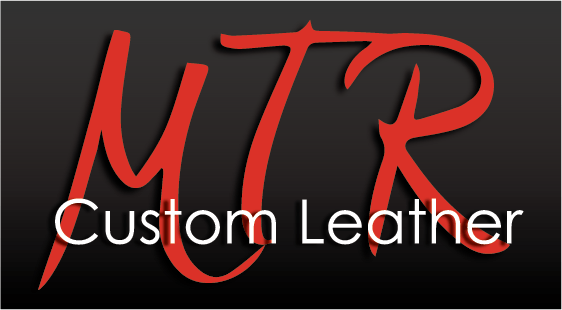
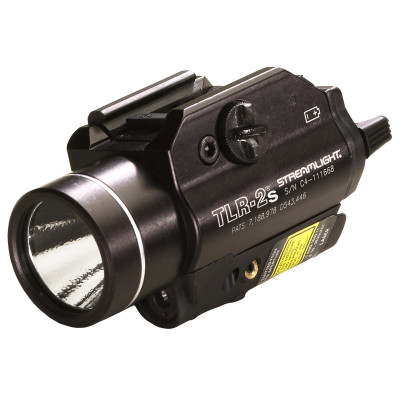
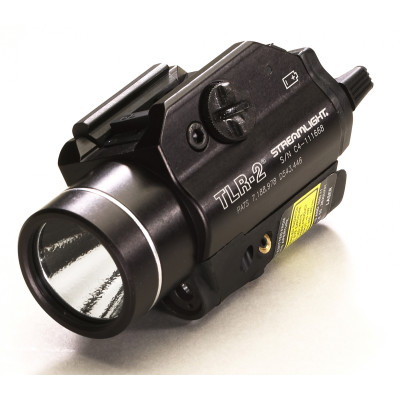
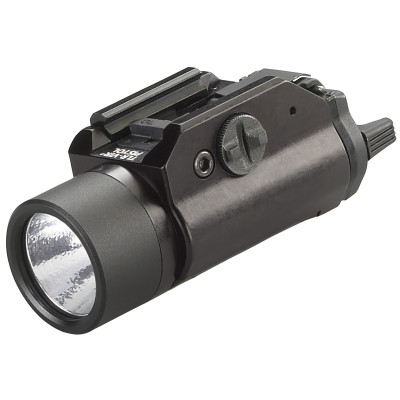

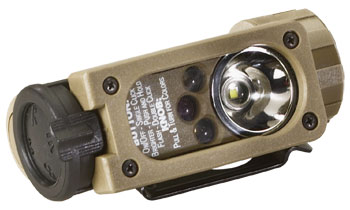
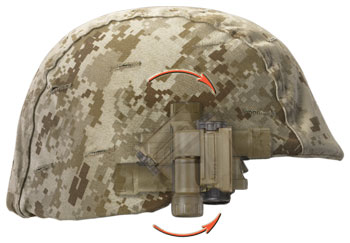
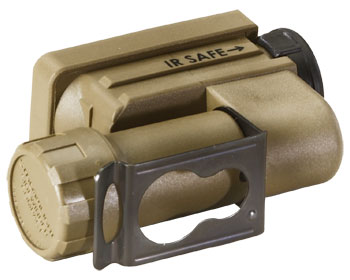
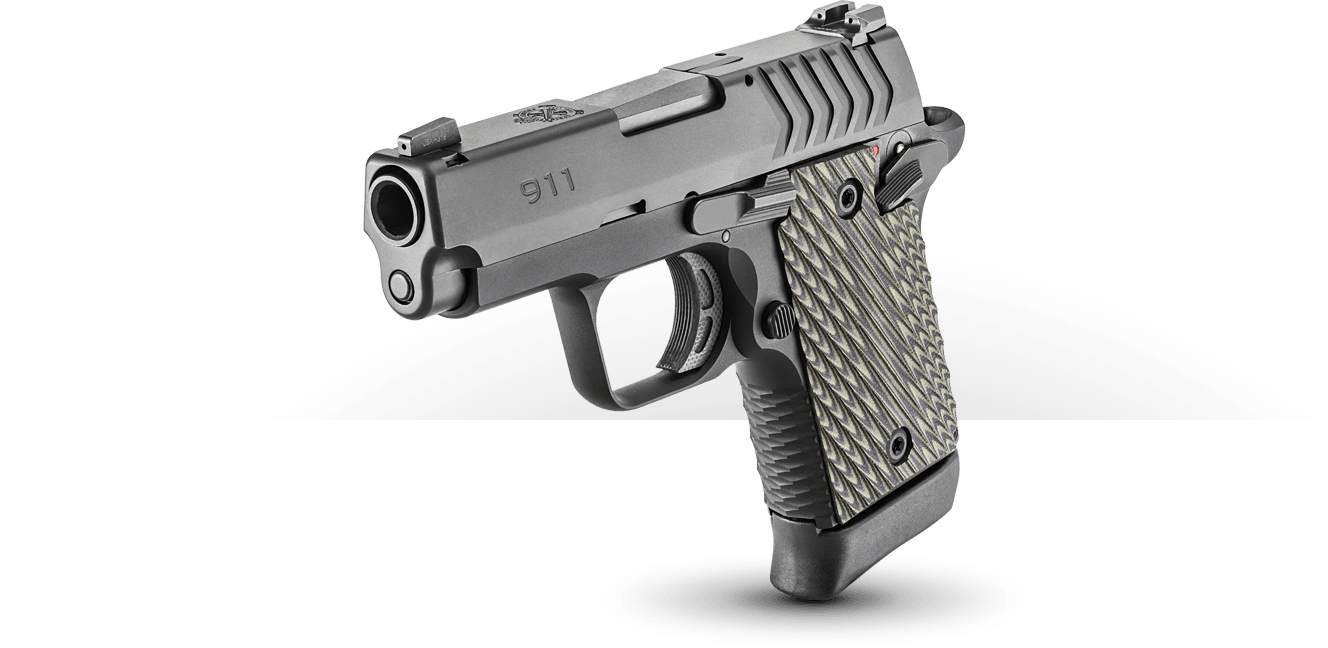
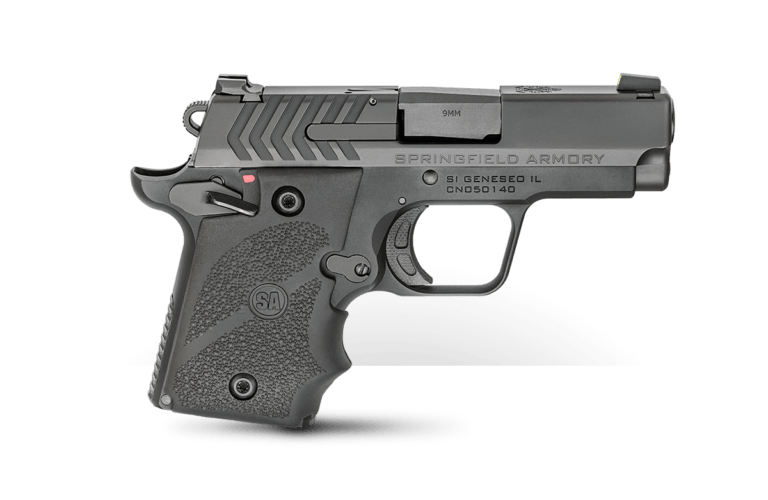
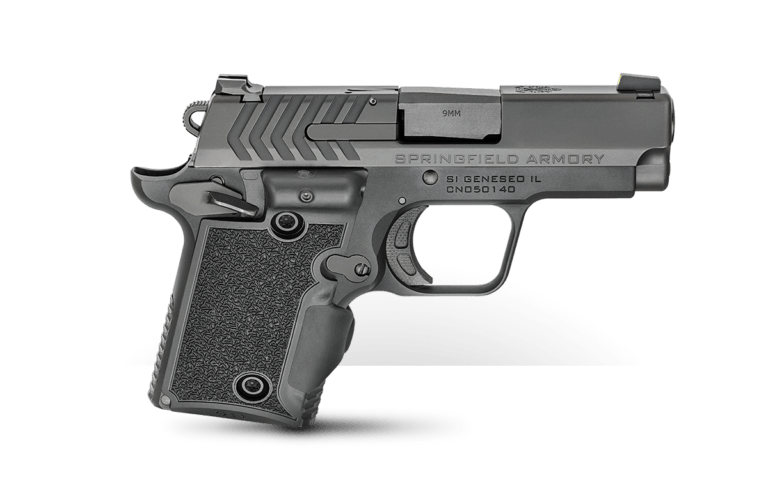
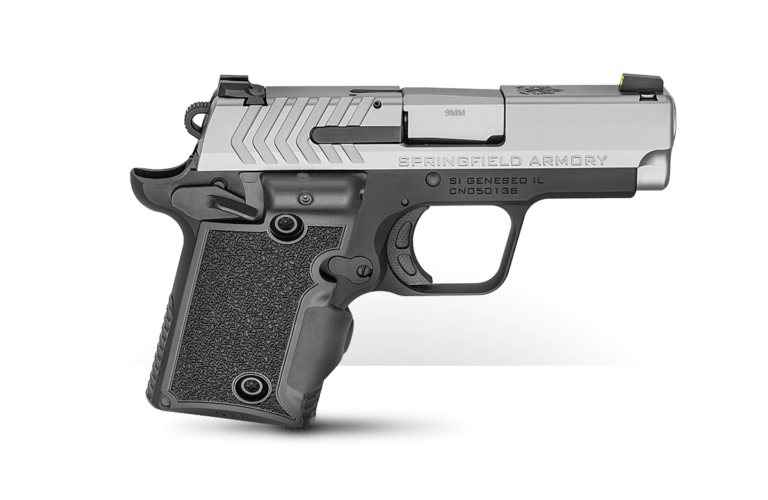
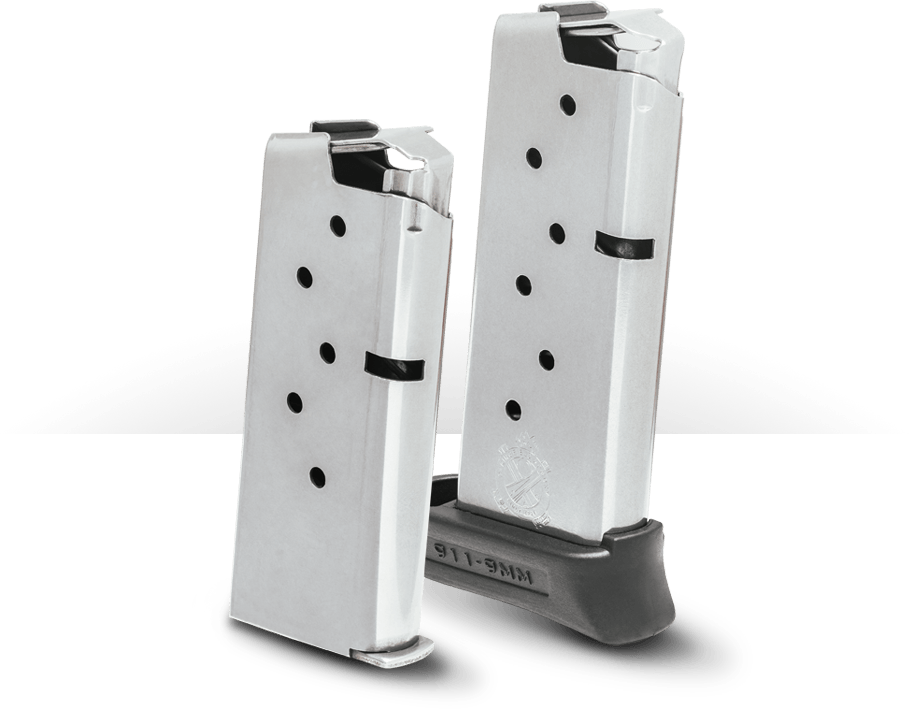
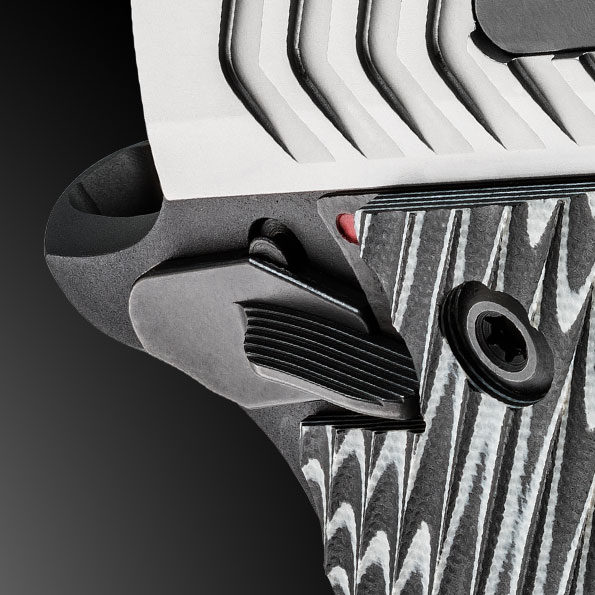
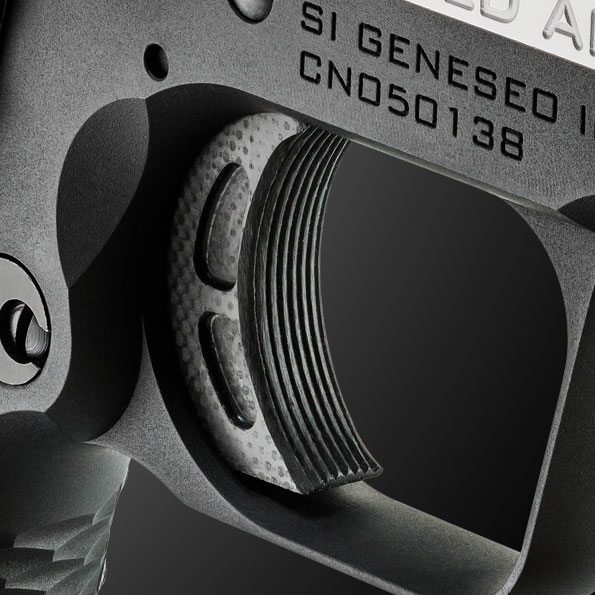
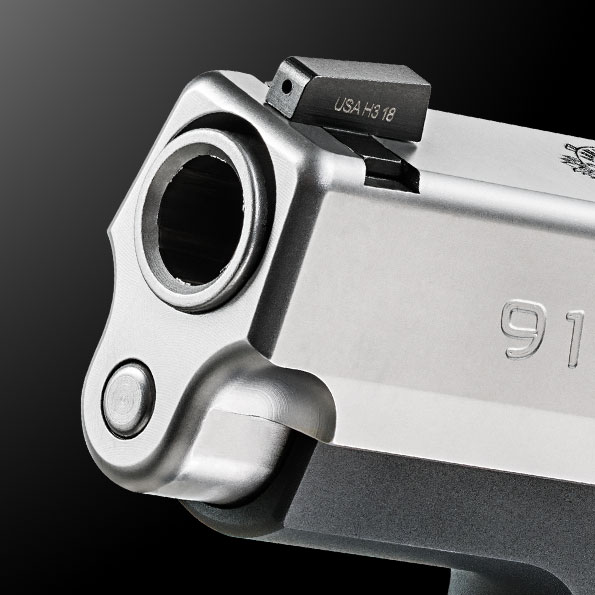

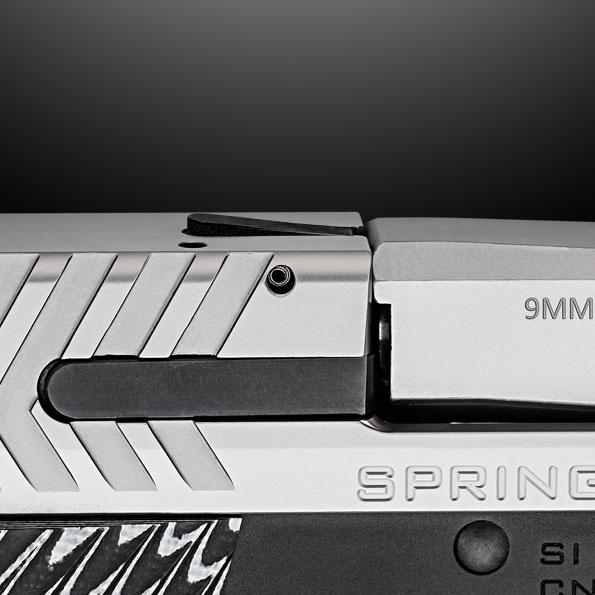
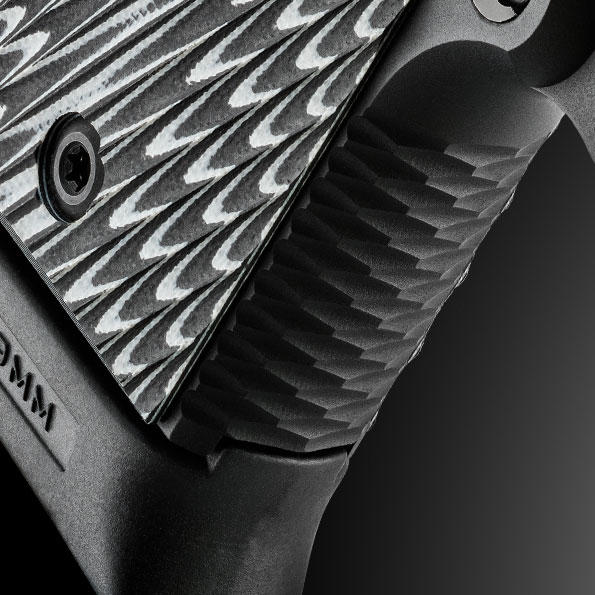


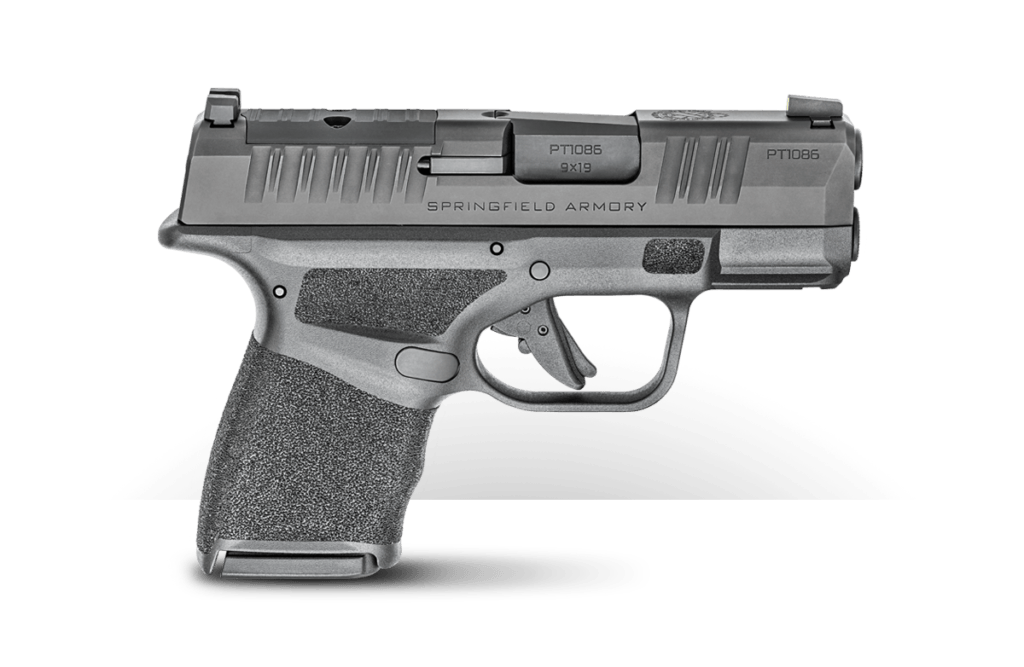
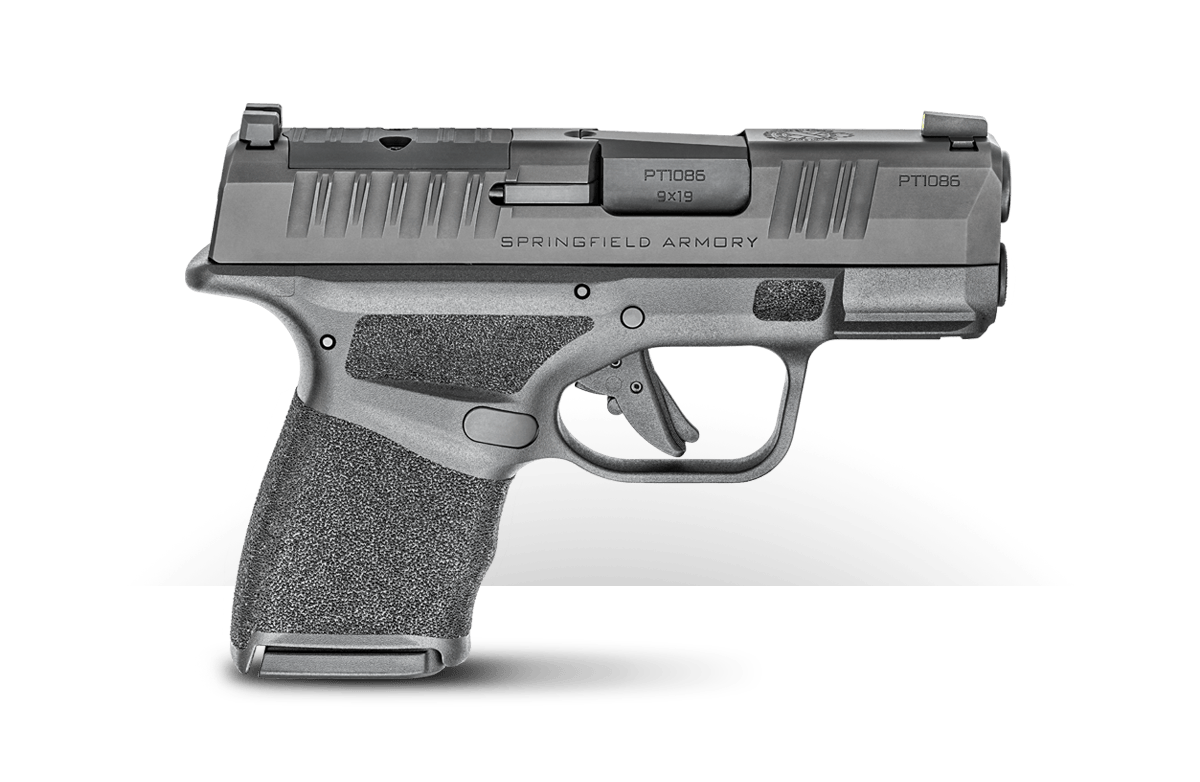
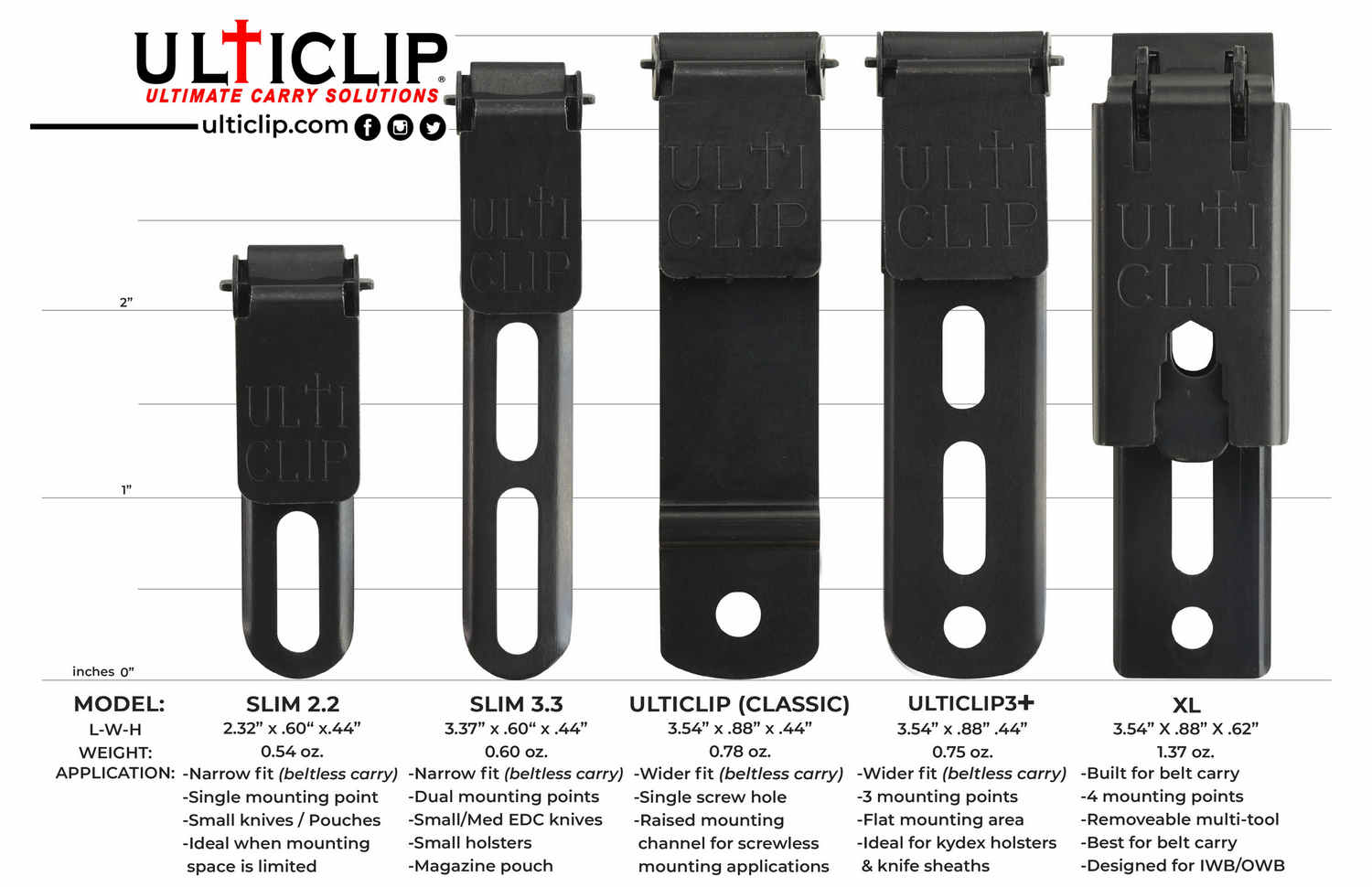
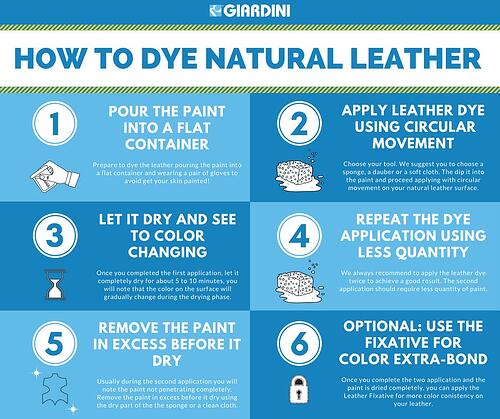
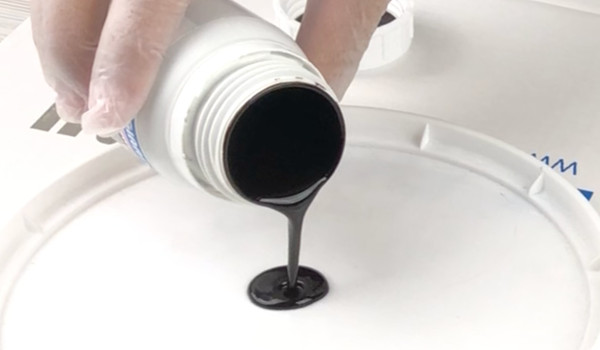
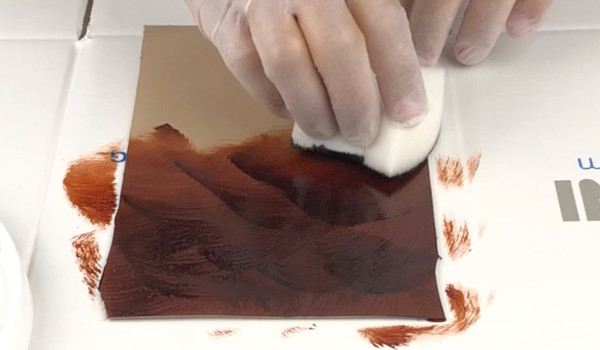
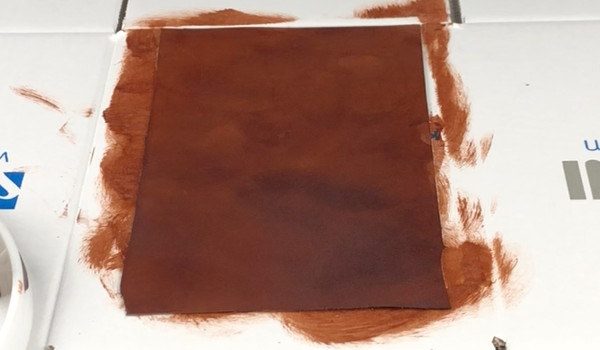
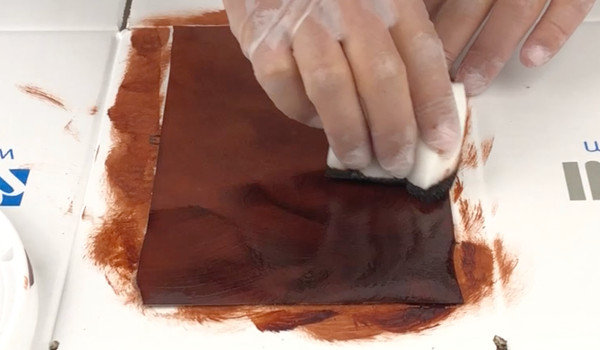
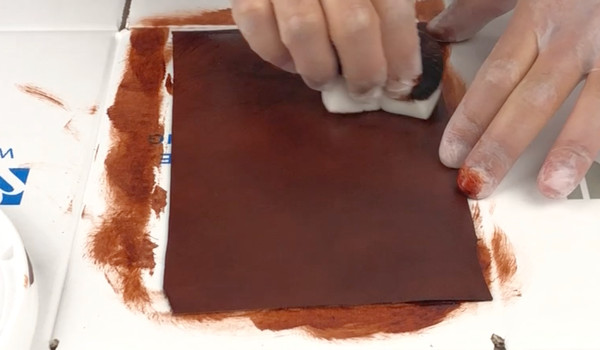
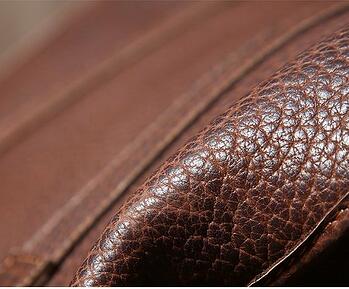
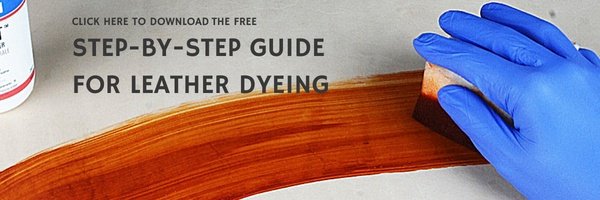
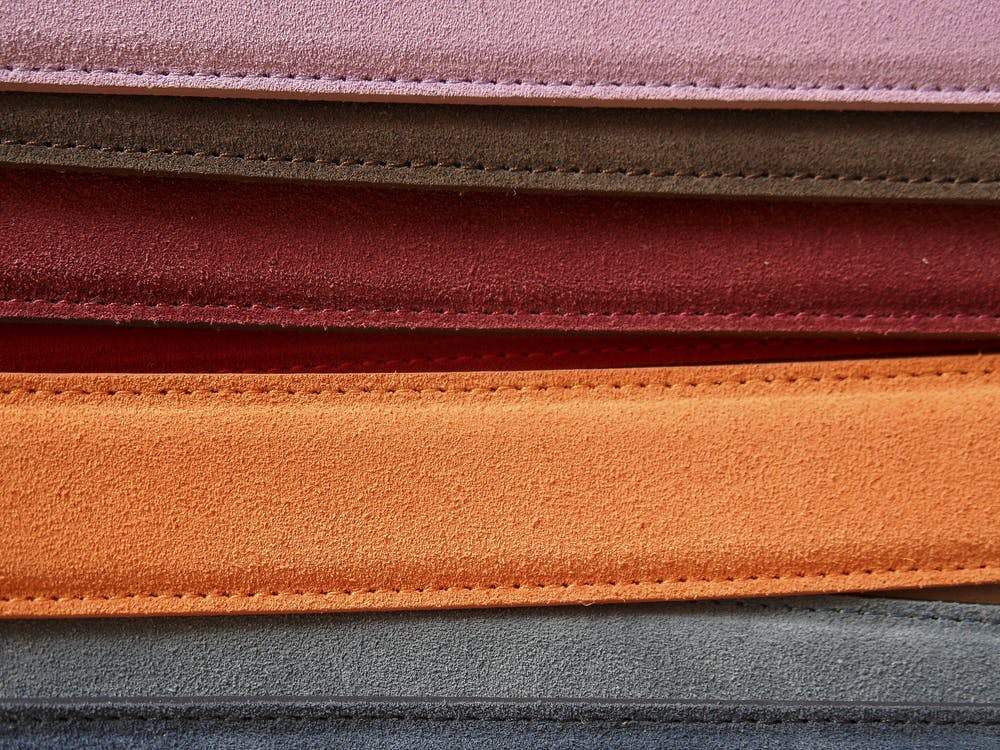
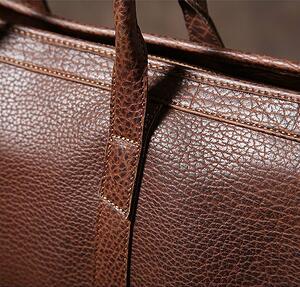
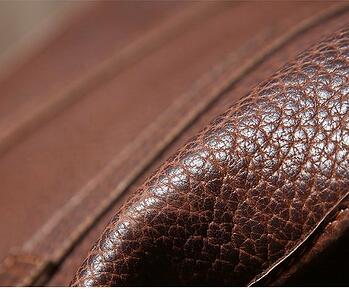 You can also use a leather Conditioner, like the one we have in our stock, to give some more softness and care to the leather surface.
You can also use a leather Conditioner, like the one we have in our stock, to give some more softness and care to the leather surface.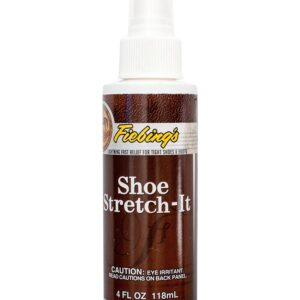
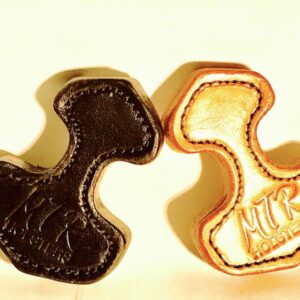
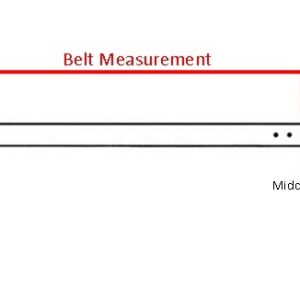
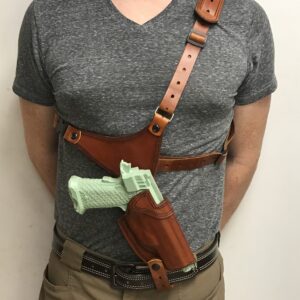
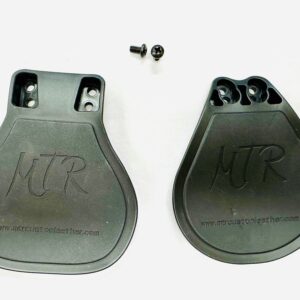
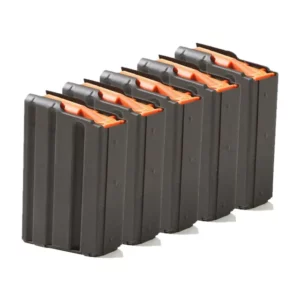
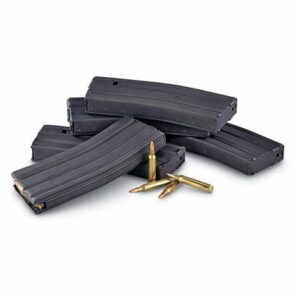
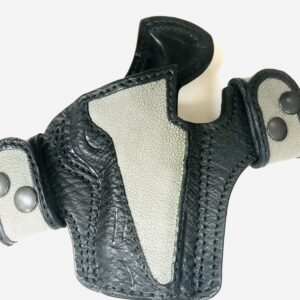
Recent Comments